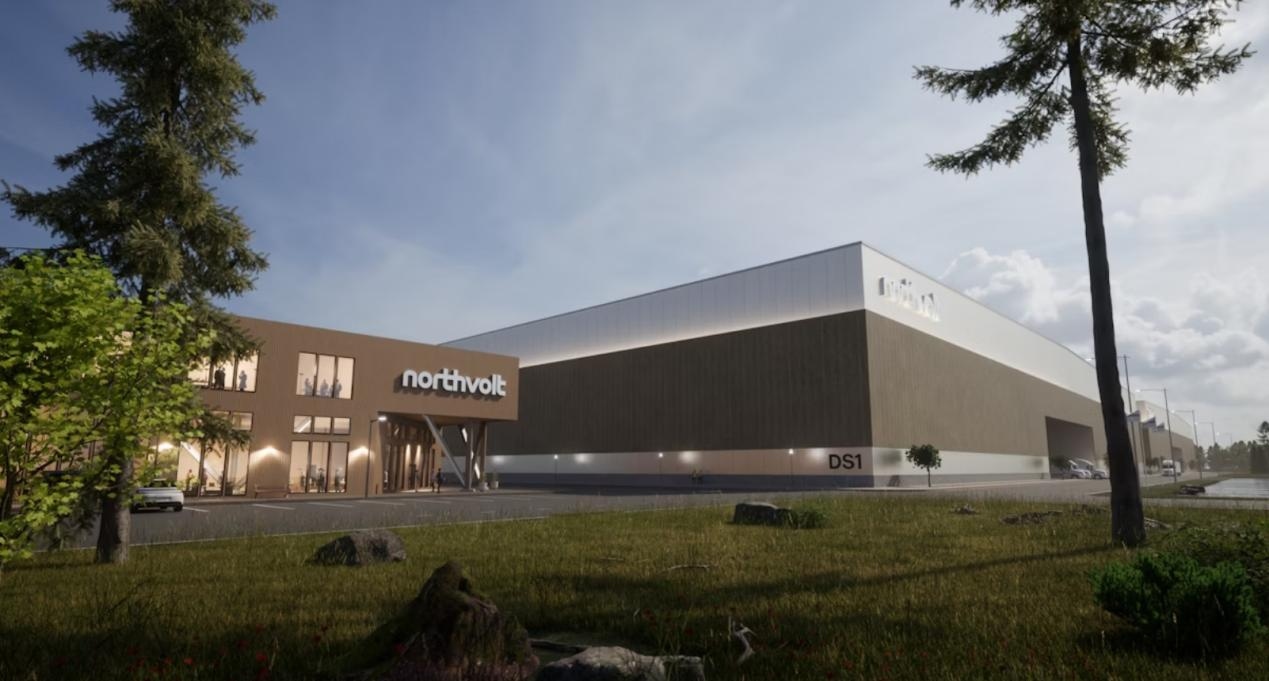When it comes to designing a space, the ceiling is often overlooked. However, the type of ceiling you choose can greatly impact the overall aesthetics, functionality, and acoustics of a room. In this article, we will explore various types of ceilings and discuss their advantages, disadvantages, and suitability for different spaces. Whether you are renovating your home, designing an office, or planning a commercial space, understanding which type of ceiling is best suited for your needs is crucial.
- Suspended Ceilings:
Suspended ceilings, also known as drop ceilings, are a popular choice for commercial spaces and basements. They consist of a grid system that holds ceiling tiles in place. Suspended ceilings offer several advantages, including easy access to utilities, sound insulation, and the ability to hide unsightly wires and pipes. However, they may reduce ceiling height and can be more challenging to install compared to other types. - Acoustic Ceilings:
Acoustic ceilings, also called soundproof ceilings, are designed to minimize noise and echo within a space. They are commonly used in theaters, recording studios, and conference rooms. Acoustic ceilings are made from materials that absorb sound waves, such as mineral fiber or fiberglass. These ceilings enhance speech clarity, reduce distractions, and create a more comfortable environment for occupants. - Exposed Ceilings:
Exposed ceilings have gained popularity in recent years for their industrial and modern aesthetic. Instead of concealing the structural elements, such as beams and ductwork, they leave them exposed. Exposed ceilings are commonly found in loft apartments, trendy offices, and retail spaces. They provide a sense of openness, enhance architectural features, and allow for easy access to utilities. However, they may require additional insulation and can be challenging to maintain in terms of cleanliness. - Coffered Ceilings:
Coffered ceilings are a timeless and elegant choice for adding architectural interest to a room. They consist of recessed panels or beams that create a grid-like pattern on the ceiling. Coffered ceilings are commonly found in traditional and formal spaces, such as dining rooms and libraries. They add depth, texture, and a sense of luxury to a room. However, they require careful planning and may reduce ceiling height. - Vaulted Ceilings:
Vaulted ceilings are characterized by their high, arched shape. They create a sense of grandeur, spaciousness, and allow for ample natural light. Vaulted ceilings are often found in churches, cathedrals, and contemporary homes. They can make a room feel more open and airy, but they may require additional heating and cooling due to the increased volume of space.
Conclusion:
Choosing the best type of ceiling for your space depends on various factors, including the purpose of the room, desired aesthetics, and practical considerations. Whether you opt for a suspended ceiling for its versatility or a coffered ceiling for its elegance, understanding the pros and cons of each type will help you make an informed decision. Remember to consider acoustics, maintenance requirements, and the overall design concept when selecting the perfect ceiling for your space.

